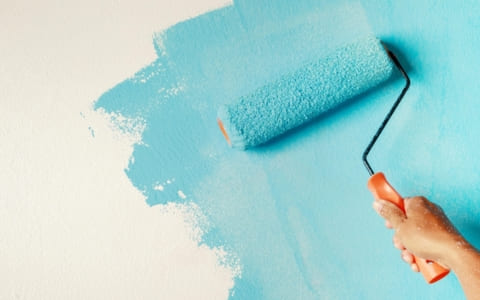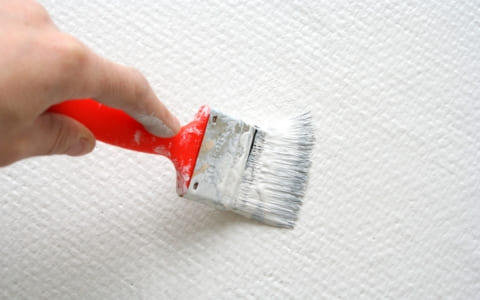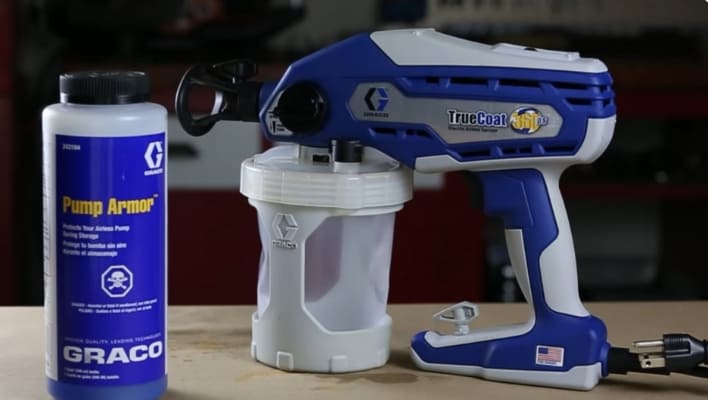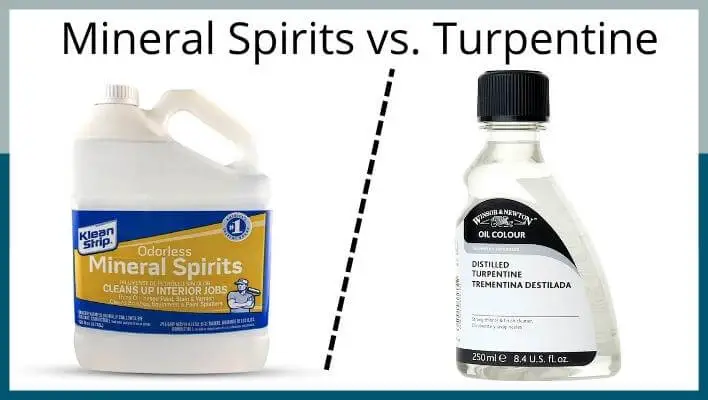Wondering if you can directly paint eggshell over semi-gloss? Semi-gloss paints are loved for their nice look and versatility in places like bathrooms and kitchens. They resist moisture well, but their smooth surface may not hold new paint unless you use a primer. So, can you paint eggshell over semi-gloss? This guide will help you understand the basics and figure out if you need to sand or prep the surface for the best results.

Table of Contents
- Can You Paint Eggshell Over Semi Gloss Directly?
- Why is the eggshell so important to consider?
- How To Paint Eggshell Over Semi Gloss?
- Clean and Prep the Surface:
- Sand the Surface:
- Prime the Surface:
- Apply the Eggshell Paint:
- Touch Up:
- Can you use eggshell paint without undercoat?
- Can I paint over semi-gloss without sanding?
- Should I Sand Between Coats of Semi-gloss Paint?
- Can I paint eggshell on top of eggshell?
- Conclusion:
- Martina Hitchcock
Can You Paint Eggshell Over Semi Gloss Directly?
Yes, you can paint eggshell directly over semi-gloss, but for optimal results, it’s advisable to prepare the surface. If the area is freshly painted, it’s more straightforward. However, on wood or old walls, it’s recommended to either sand the surface or use a deglossing agent to enhance adhesion. The semi-gloss slick surface may hinder the eggshell paint from adhering effectively, affecting its durability. Sanding the old semi-gloss paint is suggested to reduce sheen and promote better paint adherence for a longer-lasting finish.
Why is the eggshell so important to consider?
Choosing eggshell paint for your semi-gloss project strikes a balance between gloss and matte. Perfect for low-traffic areas, it hides imperfections but may be less moisture-resistant than semi-gloss.
It provides a smooth and slightly shiny appearance to walls, giving them a polished look. Unlike flat finishes, eggshell is easier to clean, making it more practical for spaces that may encounter dirt or stains.
It offers a level of durability without the excessive shine of semi-gloss, making it a popular choice for various living spaces.
How To Paint Eggshell Over Semi Gloss?

Here’s a step-by-step guide on painting eggshell over semi-gloss in simple words:
Clean and Prep the Surface:
- Begin by cleaning the semi-gloss surface with a mild detergent solution to remove dirt and grime.
- Let the surface dry completely before proceeding.
- Inspect the walls for any cracks; if found, use a compound to fix them and let it dry.
- For humid areas like kitchens or bathrooms, clean with trisodium phosphate (TSP) to ensure proper adhesion.
Sand the Surface:
- Gently sand the surface with 150-grit sandpaper to provide a textured surface for better paint bonding.
- Focus on smoothing out any glossy areas to promote adhesion.
Prime the Surface:
- Apply a good primer like Zinsser’s B-I-N Primer Sealer (My favourite primer) made for glossy surfaces and let the primer dry completely.
Apply the Eggshell Paint:
- Mix and stir the eggshell paint properly before applying.
- Begin by painting along the edges, moving up to the ceiling, and allowing it to dry.
- Use a high-quality paintbrush or roller for a smooth and even application.
- Put on multiple thin coats of paint, waiting for each one to dry before adding the next.
- If using spray paint, shake the can thoroughly for at least five minutes.
- Avoid creating marks by moving from top to bottom.
Touch Up:
- Once the paint is totally dry, check for any mistakes on the surface.
- Fix any errors by doing touch-ups to make it look perfect.
- Take breaks between painting to address any clogs in the spray paint can for even discharge.
Can you use eggshell paint without undercoat?
When it comes to using eggshell paint, you don’t necessarily require an undercoat. Eggshell paint is self-undercoating, allowing you to achieve a fantastic finish with just two coats. This convenience makes it a popular choice, especially for skirting boards, as it’s both quick and easy to apply.
To elaborate further, an undercoat is typically applied after primer to create a smooth surface and provide a neutral base for color transitions. However, with eggshell paint, its inherent sheen does a commendable job of concealing imperfections on your walls, eliminating the strict need for an undercoat.
If you’re switching from a dark or vibrant color to a neutral one, a primer with good coverage can suffice to prevent the old color from showing through. While it’s not mandatory, applying an extra layer of undercoat won’t hurt if you prefer an added layer of assurance.
Can I paint over semi-gloss without sanding?
When you try to paint over glossy paint with regular matte paint, it doesn’t adhere properly and tends to slide around. I experimented with this, and even if you somehow manage to cover it, the glossy shine often reappear over time.
Similarly, if you’re dealing with semi-gloss paint, it’s smooth and has a sheen, but lacks the necessary texture for a new coat of satin paint. To address this, gently sand the wall with minimal pressure across the entire surface before applying the new paint.
Properly preparing the surface is important when dealing with semi-gloss paint, as neglecting this step may lead to more work in the long term.
Should I Sand Between Coats of Semi-gloss Paint?
It’s important to sand between coats of semi-gloss paint. It ensures your paint adheres well and gives a smooth finish. I get it, it might seem like a hassle, but skipping this step can lead to uneven results. Now, you have another option – a deglossing agent. It’s quicker but a bit tricky due to its toxicity, so protective gear is a must.
Whether you choose sanding or deglossing, it’s about balancing time, effort, and safety. So, put on safety goggles, pick the right sandpaper, and enjoy a beautifully painted surface!
Can I paint eggshell on top of eggshell?
Certainly! You can apply a new coat of eggshell finish paint over the existing one. However, ensure the existing paint is clean and in good condition before application. Eggshell paint, with its moderate gloss, is suitable for fresh surfaces but may present challenges on wood or old walls. Good surface prep is key for better sticking of the new paint.
Conclusion:
To sum it up, painting eggshell over semi-gloss can work well if you prepare properly. Eggshell gives a smooth, low-shine finish that balances durability and a subtle look. Clean the surface well and use a primer for the best results. Consider the room’s needs and your style for the best result.
So, go ahead and paint eggshell over semi-gloss for a fresh, appealing finish.

Martina Hitchcock
Martina Hitchcock is a versatile author with expertise in different fields. As a paint sprayer expert, she has in-depth knowledge of paint spraying techniques, tools, and equipment. Martina is also an experienced home remodeler who has worked on various projects, including kitchen and bathroom renovations, flooring installations, and room additions. Her knowledge of home improvement and remodeling is extensive, and she enjoys sharing her insights and tips with readers. You can follow her on Facebook.


